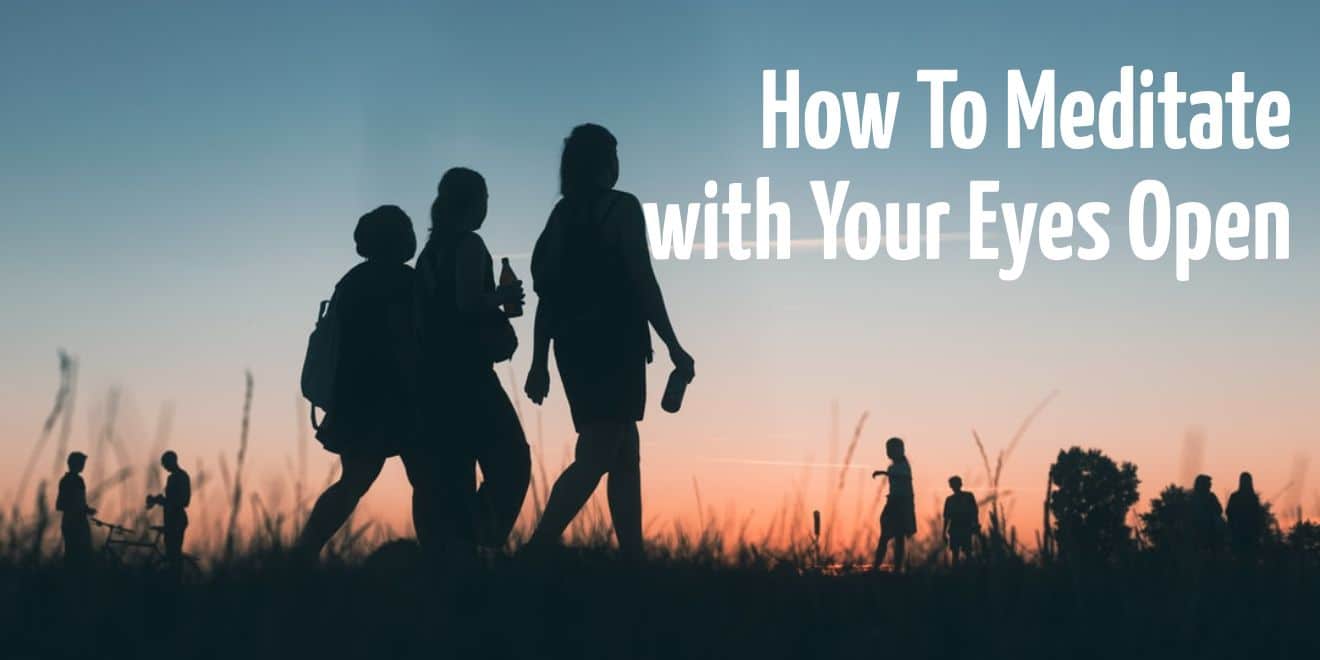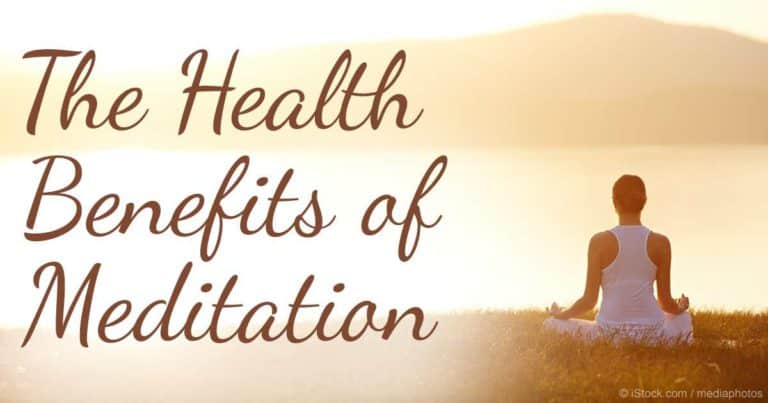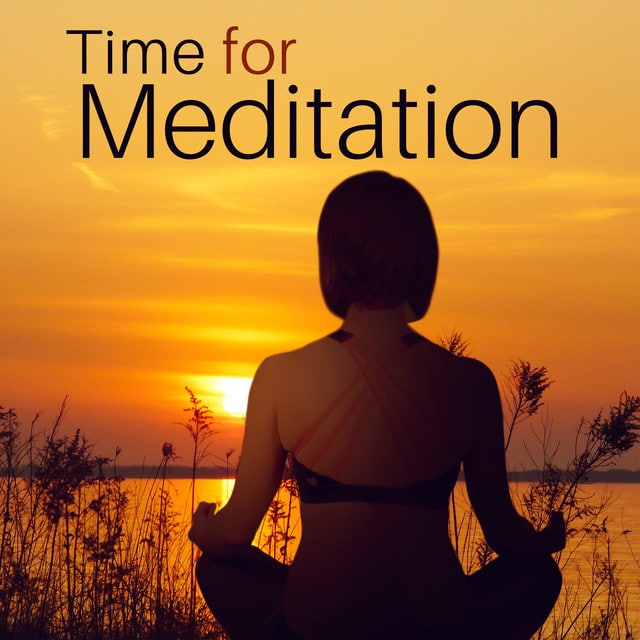Imagine the “perfect” meditator.
Who do you see? What do they look like? How are they sitting?
Chances are, you pictured someone in a peaceful setting, legs crossed, with their palms on their knees and their eyes closed…am I right?
While this might be the stereotype, the reality is there is not one perfect meditation posture.
You can sit any way you want. And you can gaze anyway you want. In this post, we’ll dive into how to meditate with your eyes open, and still get incredible results from your practice.
Can You Meditate with Your Eyes Open?
Firstly, you might ask: is it even possible to meditate with your eyes open?
And the answer is a resounding YES!
While many people find it is easier to concentrate with their eyes closed, there are a number of different open eye meditation techniques you can use, which I share below.
But, before you try them out, it’s important to note that most of these techniques focus on very specific practices. Many people find they can go deeper into their meditation when their eyes are closed, because visual stimuli can be more distracting.
But, practice the right way, you can use these open-eye meditations as. a way to help hone your focus, and make your meditation practice even stronger.
Powerful Open Eye Meditation Techniques
Trataka – Candle-Gazing
The first meditation technique to try with your eyes open is trataka. Trataka, also known as the candle-gazing meditation, is a practice of focusing your mind on the gently moving flame of a candle.
To do this practice, sit in a comfortable seat – usually cross-legged on the floor – and place a candle a few feet in front of you. It is best if the candle is slightly lower than your eyes, so your gaze drifts down in order to focus on the flame.
Then, allow your mind to rest, and draw your attention to the flickering flame. Gaze deeply into the flame, and notice how, as you continue to gaze, your body continues to relax further.
The movement of the flame creates an also hypnotic trance, allowing your thoughts to quiet, and your mind to enter into a deep state of relaxation.
Click here to learn more about how to do trataka and the benefits of candle-gazing.
Drishti – Focused Gaze
The next open-eye meditation you can use is to select a single point of focus, and rest your gaze on it.
Known as drishti, this practice is commonly used in yoga to help maintain balance and focus the mind inward, even as the eyes remain open.
The same practice can be used in your meditation. Simply select a small point a few feet in front of you, directly level with your eyes. Then, train your mind to focus on that point.
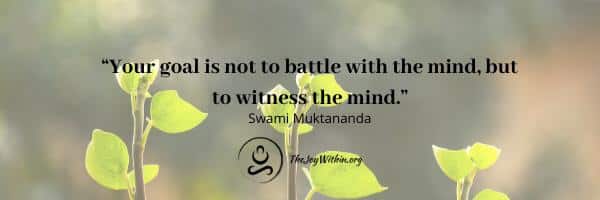
As you focus, any distractions around you will begin to fade into the recesses of your consciousness, and you may find you begin to become more present in your body and mind.
The practice of focusing the eyes is mirrored by the body’s automatic response, so you can enter into a deep state of calm, ease, and relaxation as you gaze.
The first few times you try this practice, you may want to do it in a quiet space, where there are no distractions. For example, no breeze flittering light objects around, no big windows with activity outside.
The calmer the environment, the easier it will be to maintain your focus. But, as you gain experience with this practice, you can also increase the level of disturbance around you as a way of strengthening your focus.
Related Post: How To Use Convergent and Divergent Focus to Increase Your Awareness.
Soft-Gazing – Hazy Focus
Whereas practicing drishti is meant to hone your focus by zeroing-in on a single, specific point, you can also play with the opposite effect: allowing your gaze to broaden, and softly stare at a wider breadth of vision, without focusing on anything specific.
Also called soft-gazing, I like to think of this practice as one of “hazy focus.” The practice requires balance. You want to be focused, but not on anything in particular.
To do this, play with half-closing your eyes at first. This will soften the gaze you normally hold. Then, develop a sense that you are broadening that gaze outward by increasing your breadth of vision.
The result is that you begin to intake a different field of vision. Your mind may have the sense that it “steps back” to do this, and you might experience your vision from a perspective that is outside of your normal self.
If you have trouble getting into this state, or aren’t sure how to soften your gaze in this way, try practicing by looking at a distant horizon.
The visual technique is similar to that used when taking in a wide panorama. As you look far into the distance, but maintain a wide breadth of vision, you cease focusing on any one object or group of objects.
That is the sensation you can aim for when using this meditation technique.
Mindfulness – Appreciation
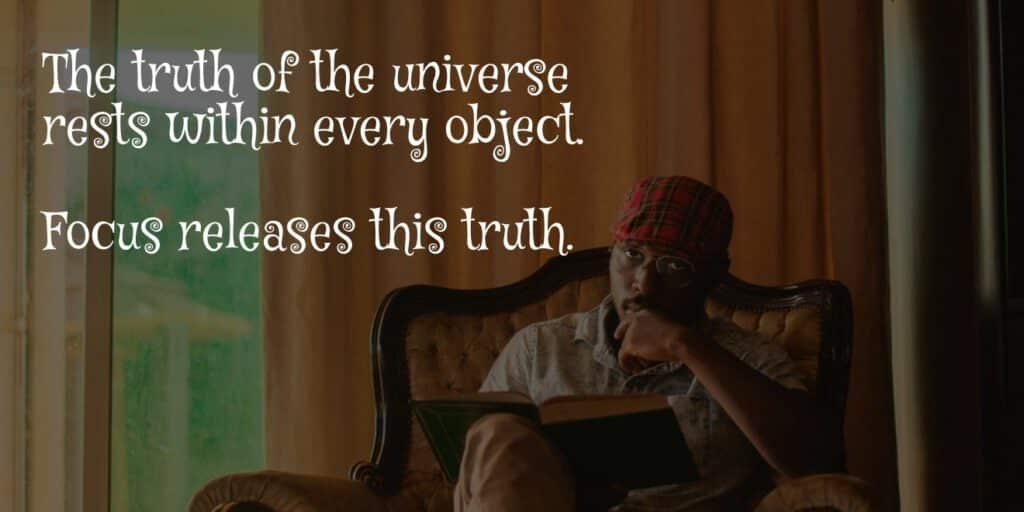
Related Post: 10 Things To Be Grateful for Today.
Another type of open-eye meditation technique you can use is mindful appreciation.
While not a traditional meditation practice because it directly engages your thoughts, actively appreciating the details of something in front of you is a powerful way to see beauty, peace, and well-being that is already right in front of you.
Ancient Eastern traditions teach that the truth of the universe can be found by focusing on anything, if you focus deeply enough. That’s the meaning of the infamous story about the Buddha holding up a flower and a student finding enlightenment.
So, to practice mindful appreciation in a meditative way, choose an object to focus on. I recommend using a flower or other small plant.
Then, begin to appreciate that plant. Notice the details of it, which you may not have noticed before. Appreciate the depth of colors, or the patterns on the leaves. Notice the intricacy of the petals.
Focus – gently – on as many beautiful aspects as you can. As you continue to focus on these details, try to gain a sense of “resting” in to them. You do not need to actively search for a long list of qualities, you can instead focus on deepening the level of appreciation you hold for the qualities you notice.
Soft-Smiling
Lastly, one of my favorite short meditations to do with my eyes open is a practice of soft-smiling.
Smiling is known to have many benefits, including relaxation of the body and mind, and simply allowing yourself to smile, gently and deliberately, is a great practice you can take with you wherever you go.
It becomes a meditation when you are deliverate about the way you smile. Simple allow the corners of your mouth to stretch back easily, and open a feeling of warmth, peace, and well-being deep into your heart center.

